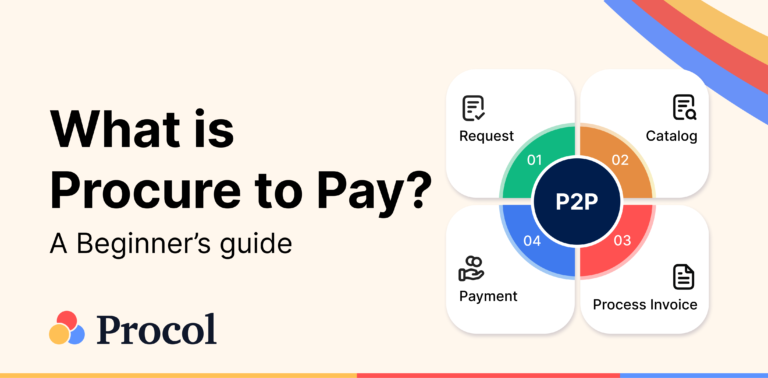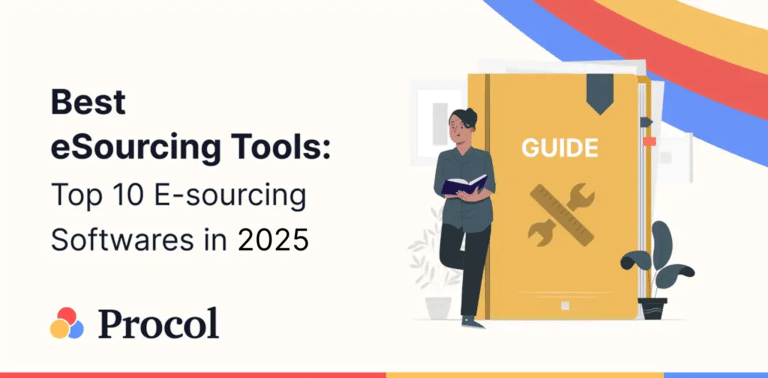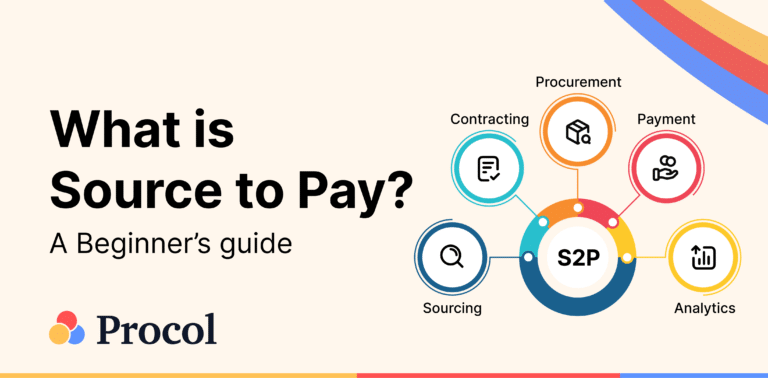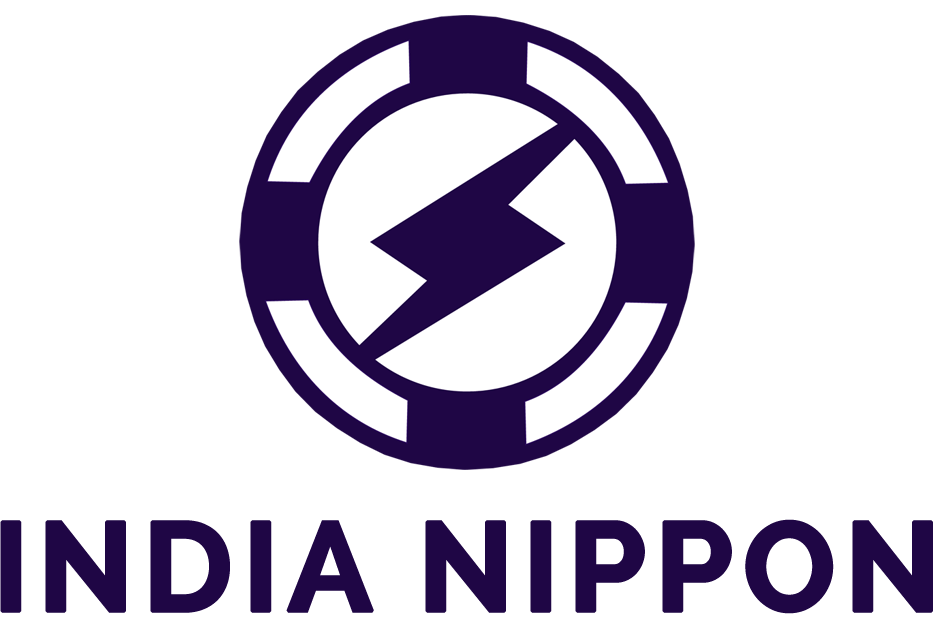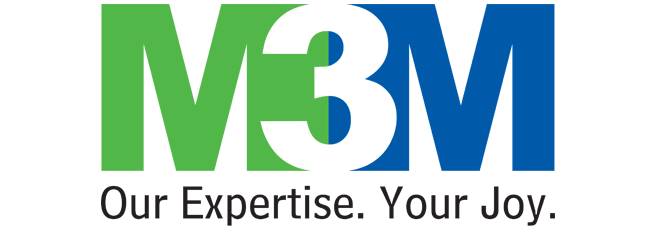What is e-Billing ?
The process of receiving and paying bills online is known as e-billing or electronic billing. Typically, an accounting or financial software system will produce an e-bill, which is then delivered to the payer by email or a web portal. Customers and businesses can exchange invoices and payments digitally through the electronic billing system, giving each party clear visibility.
An electronic bill is frequently only a digital representation of a paper bill, commonly displayed in PDF format. All relevant information on the payment, including the date, sum, due date, and payment terms, is typically included in e-bills. The e-bill will also have a link or instructions to access a payment site where the bill can be seen and paid in a fully electronic billing system.
E-billing improves business productivity across the board, from accounting to customer service. It is simple for accounting staff to balance and reconcile the books and for customer care agents to access electronic data and address concerns thanks to e-bills. Typically, the AP department, or the payer, creates the e-bills and pays them. The AR department serves as the payee.
Benefits of E-Billing
Electronic billing reduces errors, increases efficiency, and saves time. Bills have traditionally been sent through the mail. A lot of time and effort is wasted entering data, creating invoices, stuffing bills into envelopes, mailing those envelopes, and then waiting for the receipt.
The decrease in manual labor on tedious chores frees up finance employees’ time to devote to more strategic pursuits, even though time savings is a significant advantage. Additionally, switching from paper-based to electronic bills naturally improves organization and reduces errors.
To summarise, the advantages of electronic billing are as follows:
- Efficiency and time savings
- Enables staff to concentrate on less boring, more strategic tasks
- Error mitigation
- Provides a record-keeping system (SOR)
- Network integration
Difference between E-Billing and E-Invoicing
Although they are connected, e-invoicing and e-billing are not the same things. E-invoicing, often known as electronic invoicing, is a specific use case or definition of e-billing. The AP department uses e-invoicing to electronically generate invoices and submit them to the system of record, which authorizes and processes supplier payments (generally a bookkeeping or financial solution such as an ERP or accounting software). E-invoicing is typically a part of the AP workflow, as opposed to e-billing, which includes creating the bill, submitting it, and receiving payment.
